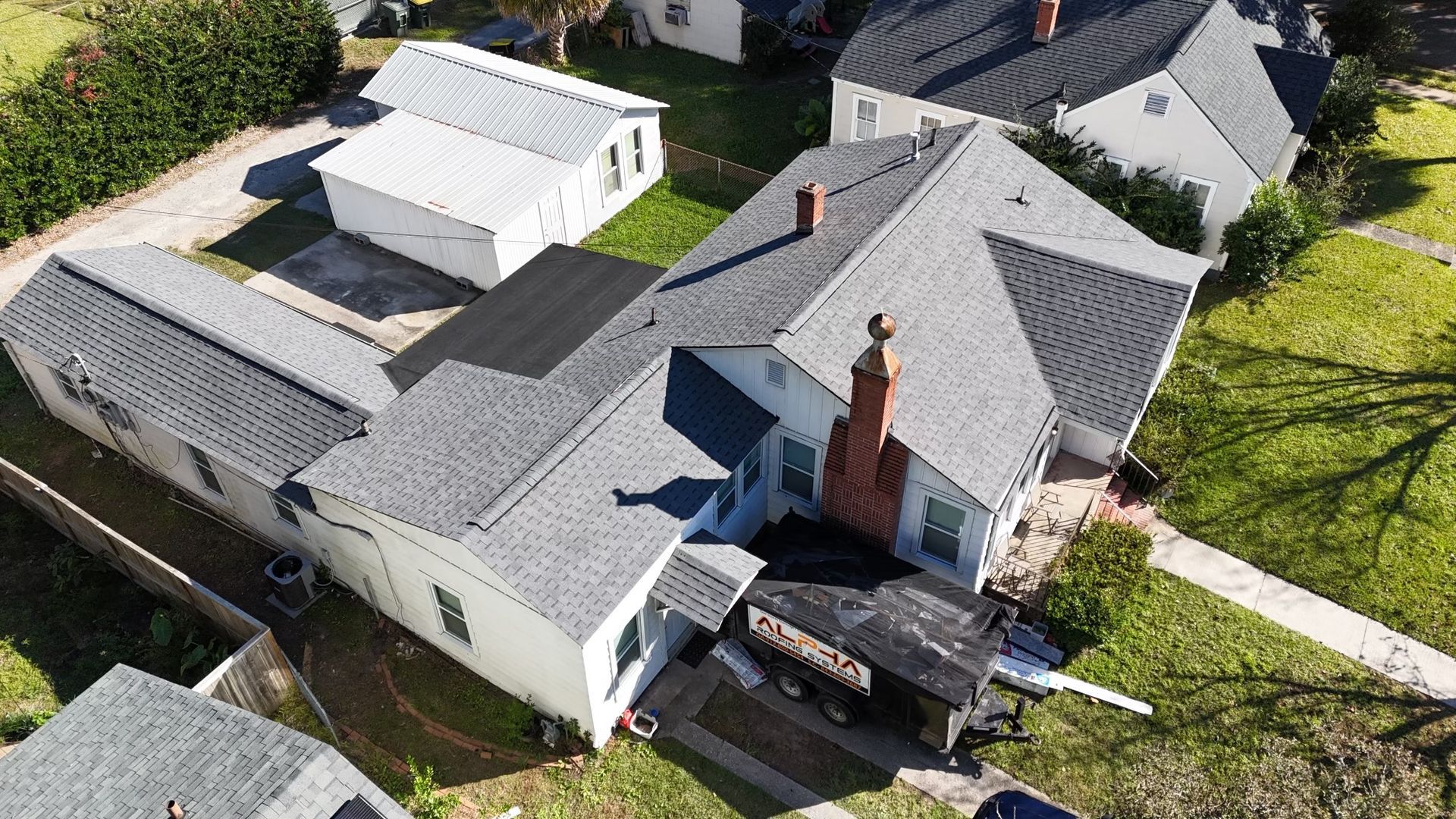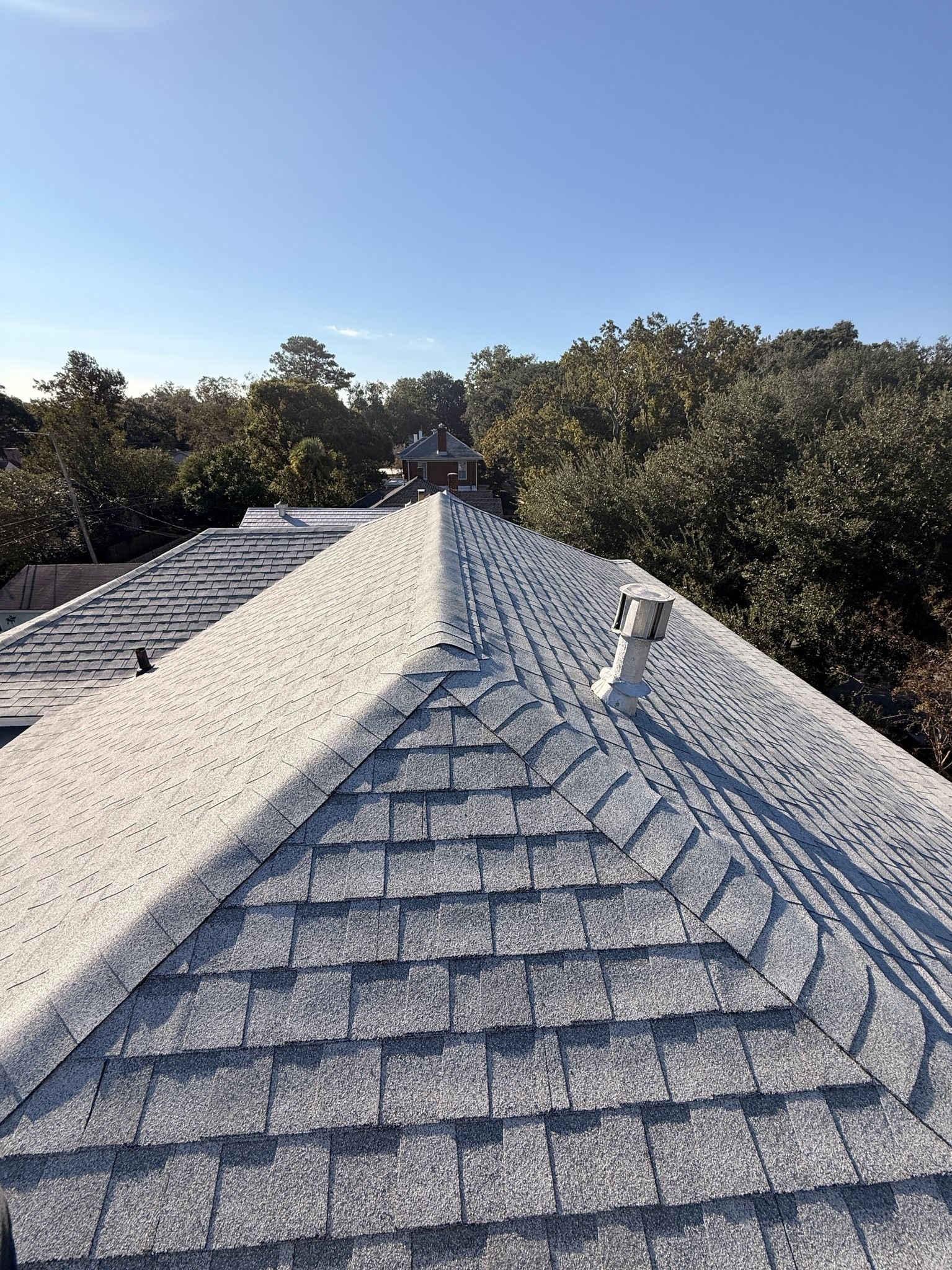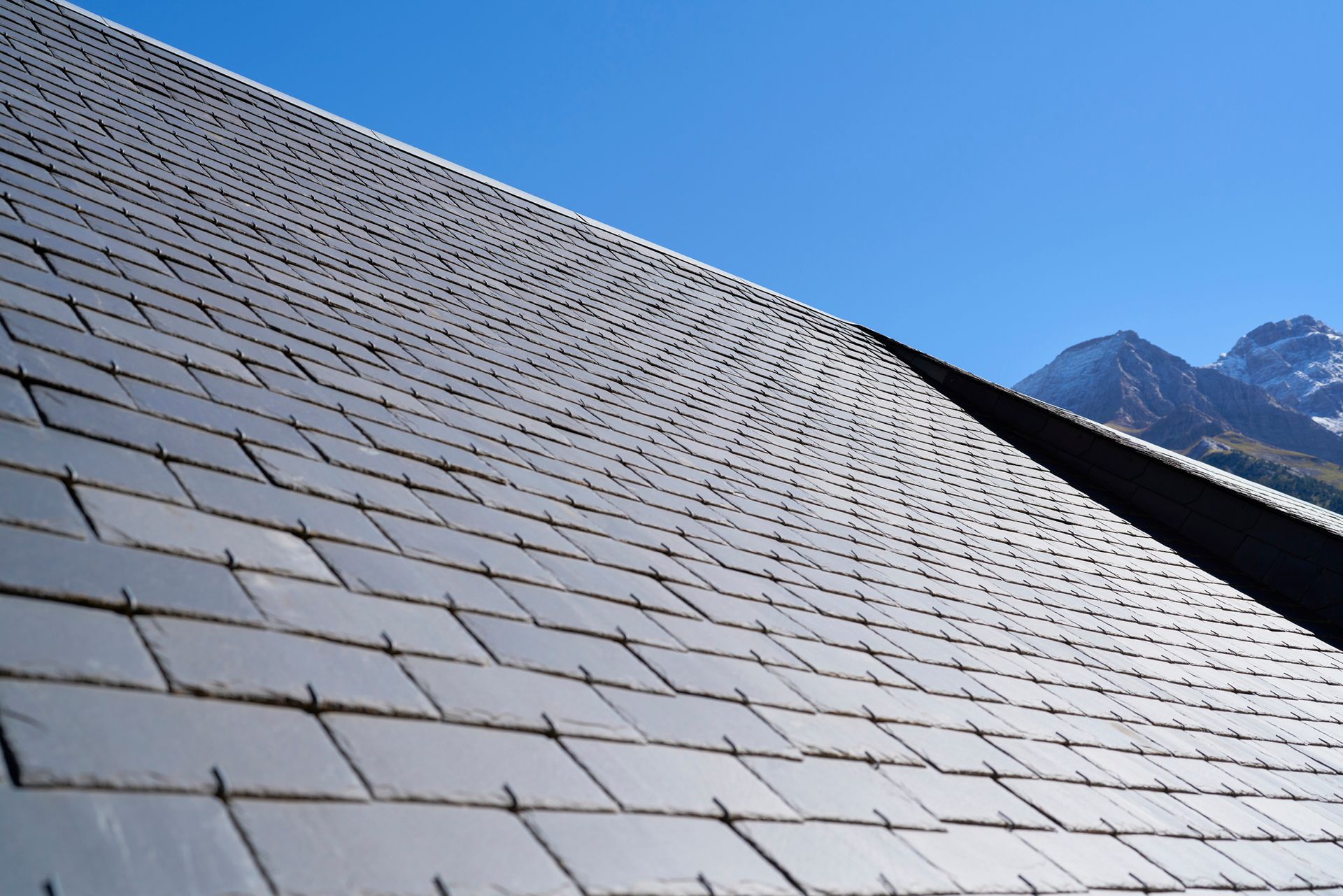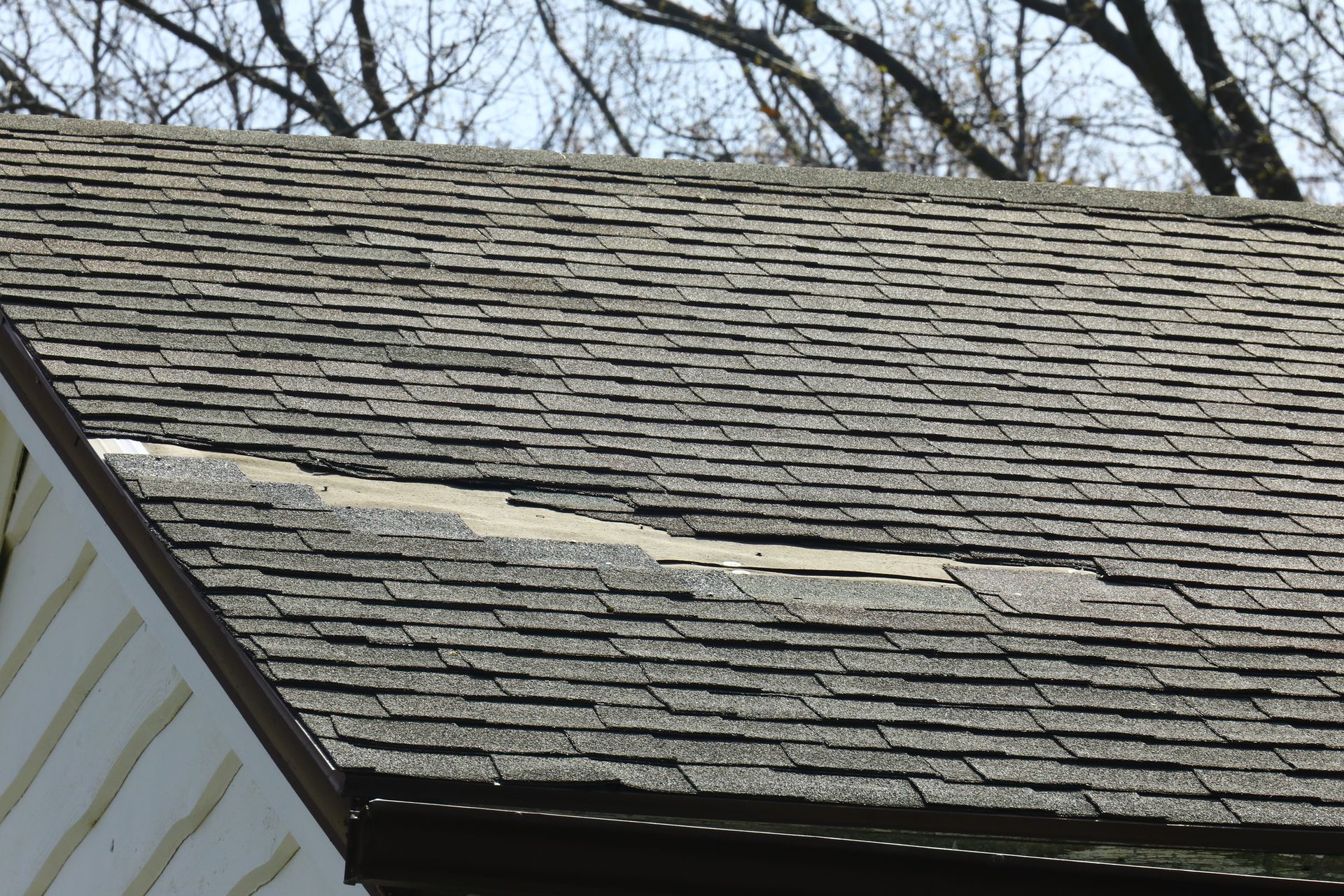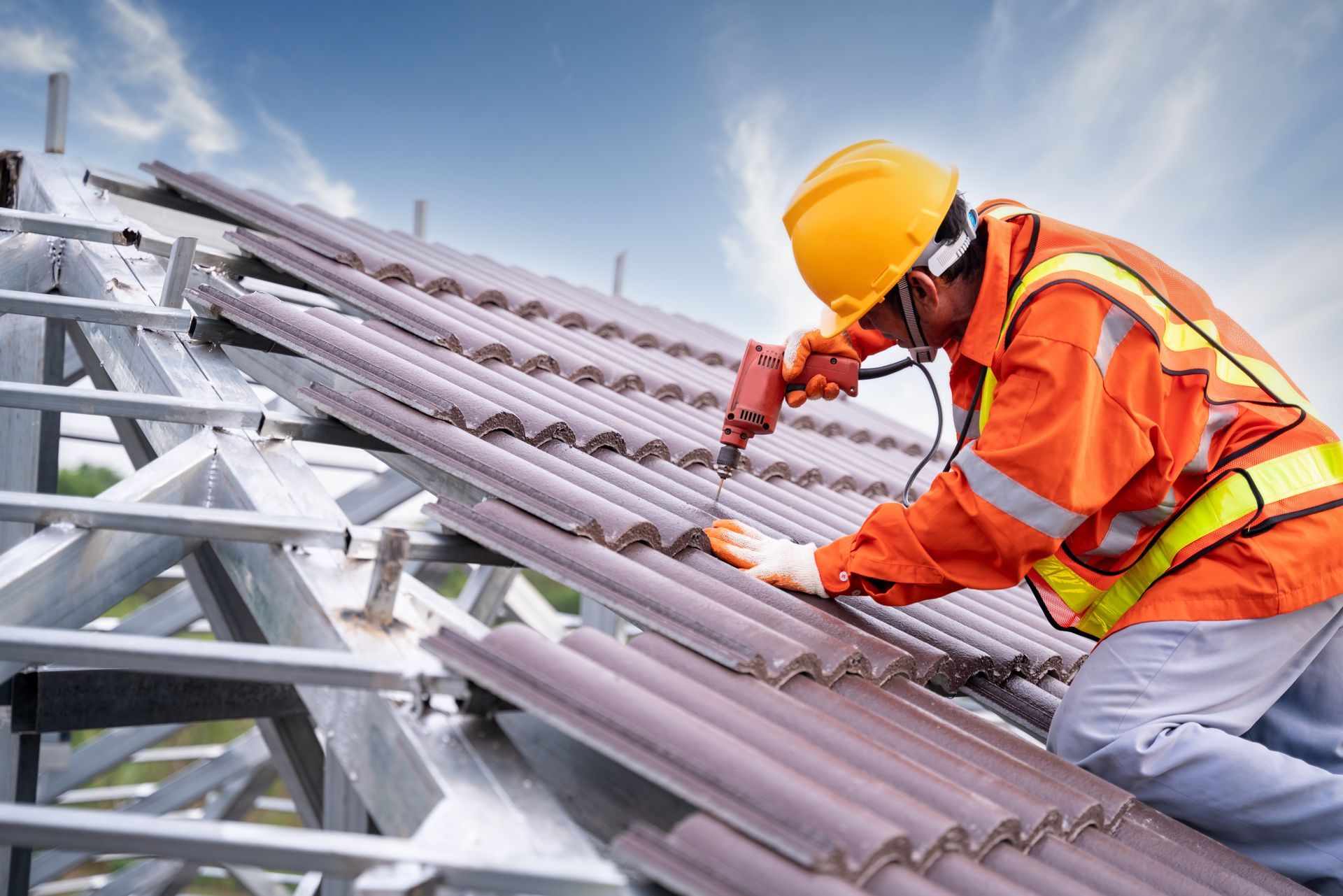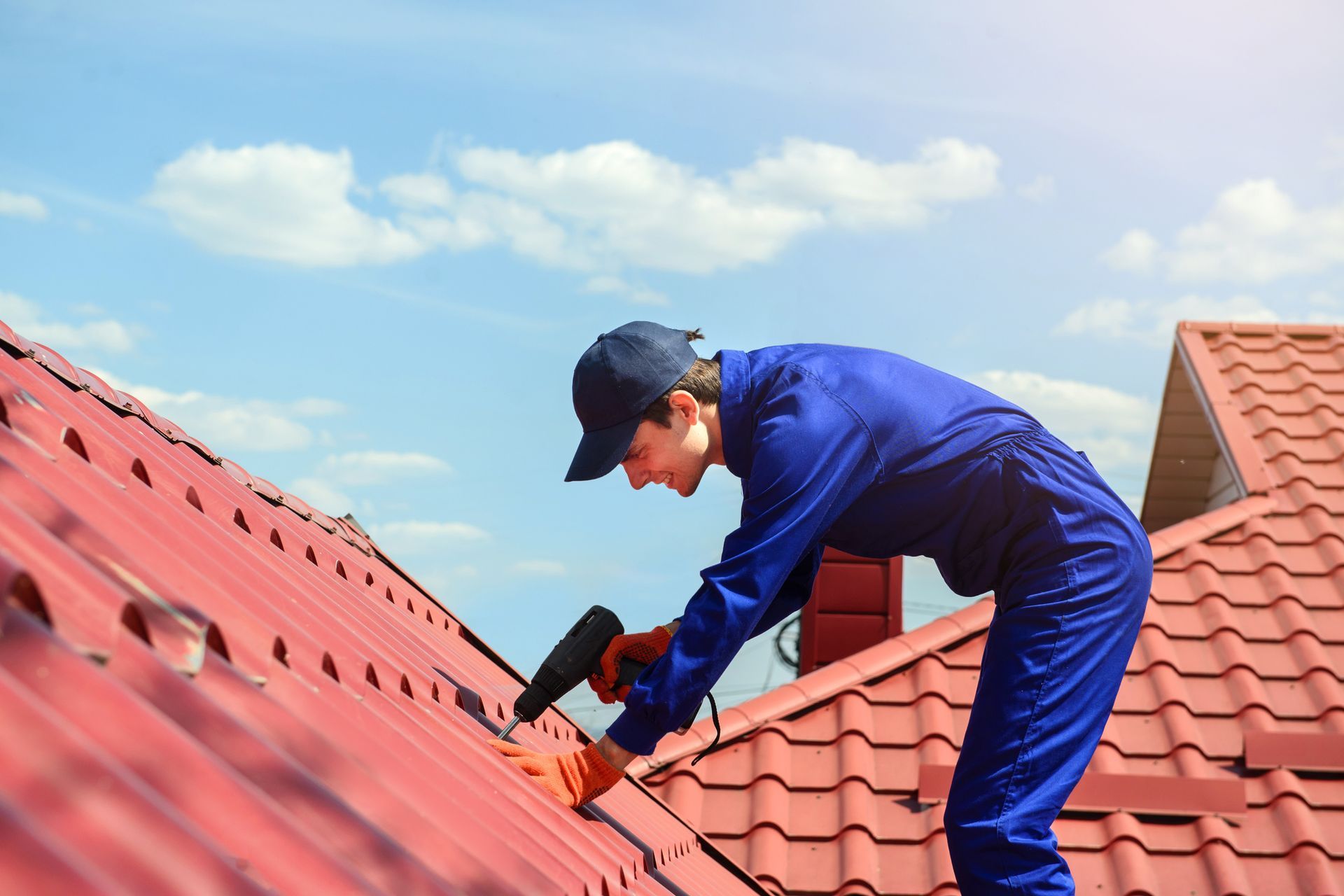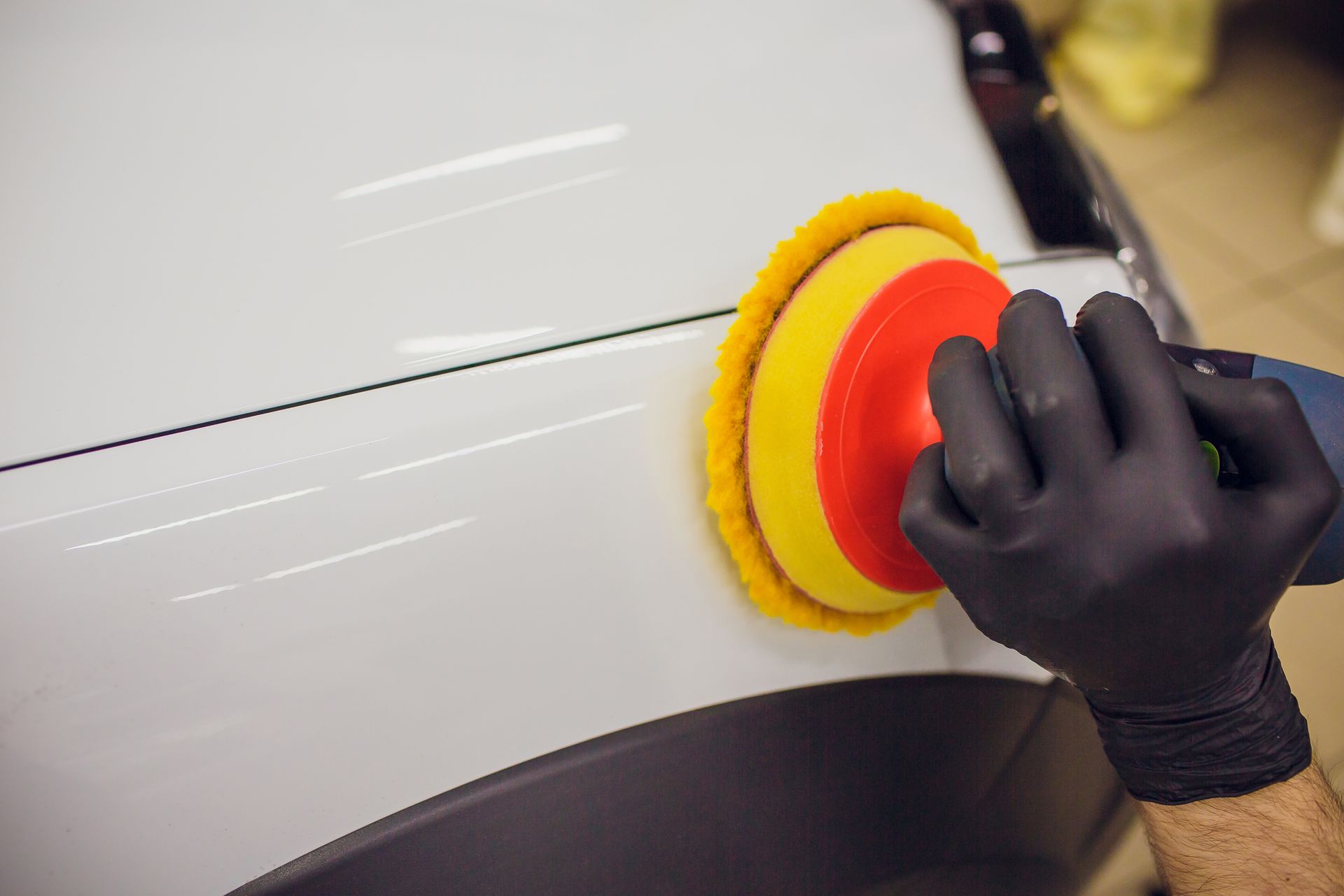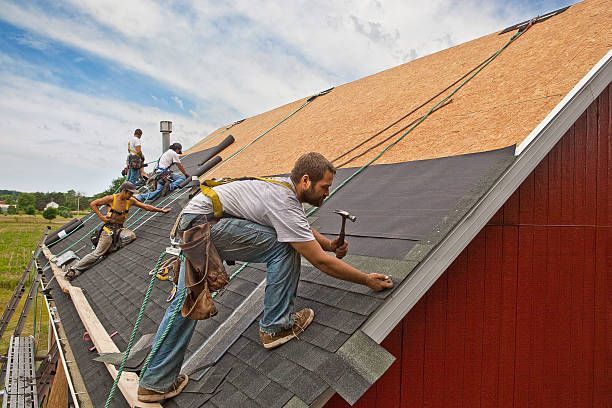4 Materials That Are Suitable for Flat Roofs
Whether you plan to replace an old roof or install a new one, the suitable material is key to a durable, reliable shelter. You likely want a material that looks good, offers solid protection, and sells at an affordable price. When you use traditional materials on flat roofs, you will more likely experience leaks unless you attain a minimum specified slope.
So, which materials are more suitable for you if you have a flat roof? Discover four materials to consider.
1. Polymer Modified Bitumen (PMB)
Polymer-modified bitumen combines asphalt with one or more polymer materials. Popular polymers include styrene butadiene styrene (SBS) and atactic polypropylene (APP). In addition, the modification enhances the bitumen's mechanical properties to withstand extreme weather conditions.
With PMB, you get an extra-strong flat roof with high cohesiveness and resistance to deformation, fatigue, and strips. Your roofers install PMB in one of the below methods:
- Use of an open-flame propane torch to heat the material and bind it to the surface
- Hot application, where the roof gets attached to the structural surface with a hot liquid
- Use of specialized tools to bind your roof in place
- Cold application, where a cold adhesive binds the roof to the deck
2. Ethylene Propylene Diene Monomer (EPDM)
Common in commercial and medical facilities, EPDM is a synthetic black runner membrane made from eco-friendly recycled rubber. EPDM is an excellent choice for both residential and commercial premises. Roofers use one of the below methods to install your roof:
- Mechanically anchor your roof with glue or fasteners
- Loosely lay the top part and hold it down with stone ballast
- Fully bind the roof to the deck
EPDM is relatively low-cost and durable, with 40–50 years of lifespan. As a result, EPDM has become more widespread recently, and the demand is still rising. The popularity emanates from the rich color palette, high reliability, durability, and adaptability to different temperatures.
3. Polyvinyl Chloride (PVC)
PVC is a single-ply white membrane that is flexible and highly resistant to the elements. Other than harsh weather conditions like strong winds, PVC is also resistant to fire. Hence, this is a suitable choice if you live in an area prone to wildfires.
White PVC roofs reflect away intense sunlight. As a result, you reduce the strain on your AC and save the energy necessary to cool your home during summer. Whereas white is the most common color, darker shades are available if you want to save heating energy during winter.
PVC is an eco-friendly choice as an added advantage since you can recycle it at the end of its life and put it to other uses. You'll install PVC roofs in one of three ways:
- Fully adhered installation where you glue your roof to the surface
- Mechanical attachment with screws and special metal plates
- Ballasted installment where ballast material holds the roof in place
4. Built-Up Roof (BUR)
BUR consists of three or more layers of materials bound by hot tar and asphalt with a top layer of gravel or rocks. Simply put, you get multiple roofs on each other to enhance protection. Hail, strong winds, or downed tree branches aren't a problem with BUR. You'll apply fine stone granules to the hot tar to provide a strong shield.
If you have mechanical systems or foot traffic on your roof, BUR provides superior foot traction. So, you provide safety when your maintenance staff or repair experts walk over BUR flat roofs. Lastly, the top rock layer doesn't easily catch fire from nearby structures.
Installation occurs in three steps:
- Your roofers attach base sheets to your roof's subsystem with nails.
- Felt gets glued down to the sheets with asphalt, concrete, tar, or adhesive.
- Your roofers use a layer of gravel or cap sheets with a layer of asphalt.
Ultimately, the best material for your flat roof needs narrows down to your needs and budget. However, if you are still unsure of the material to select, don't hesitate to contact Alpha Roofing Services. You will get professional guidance and roof replacement or repair at pocket-friendly prices.


